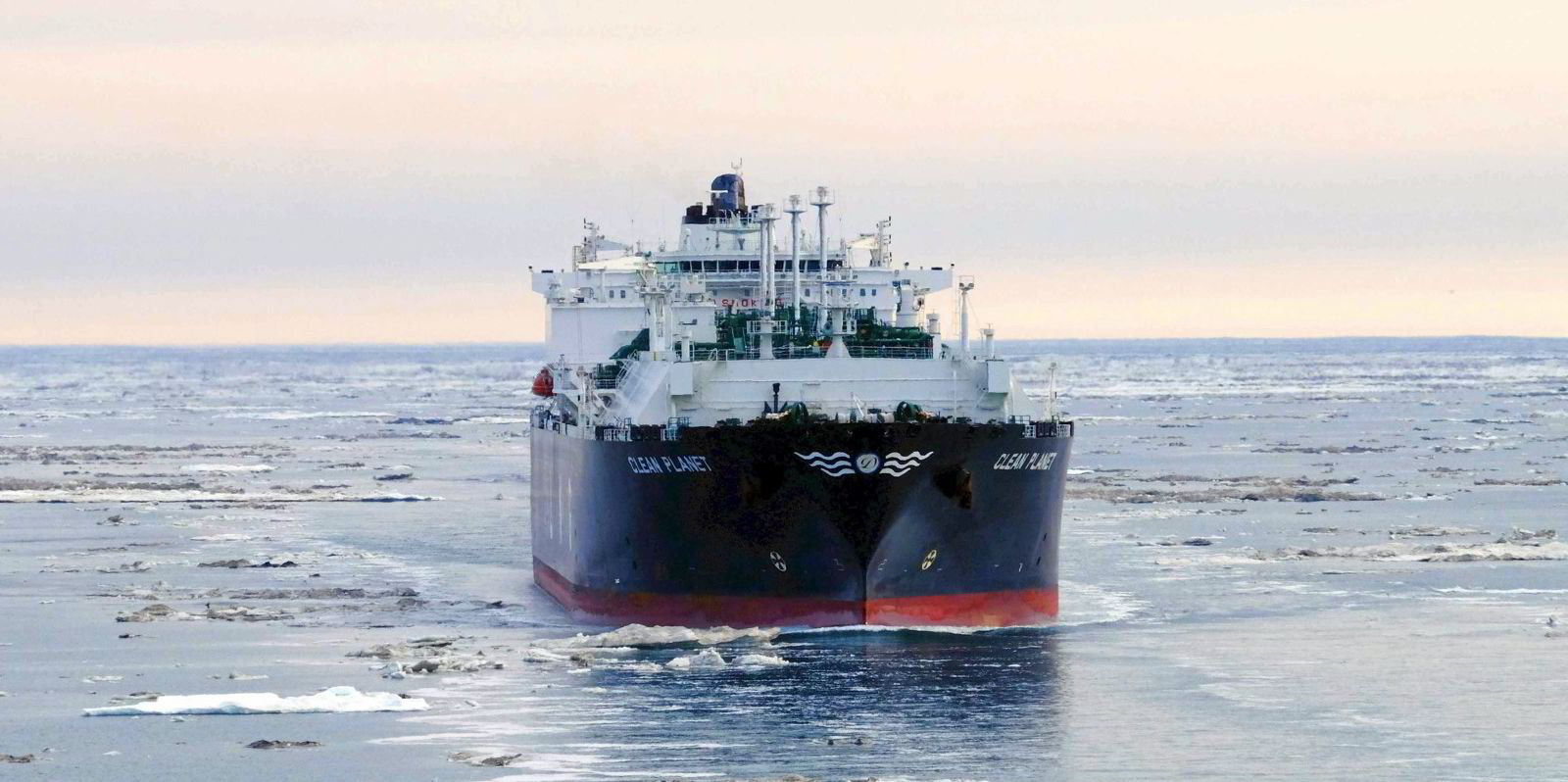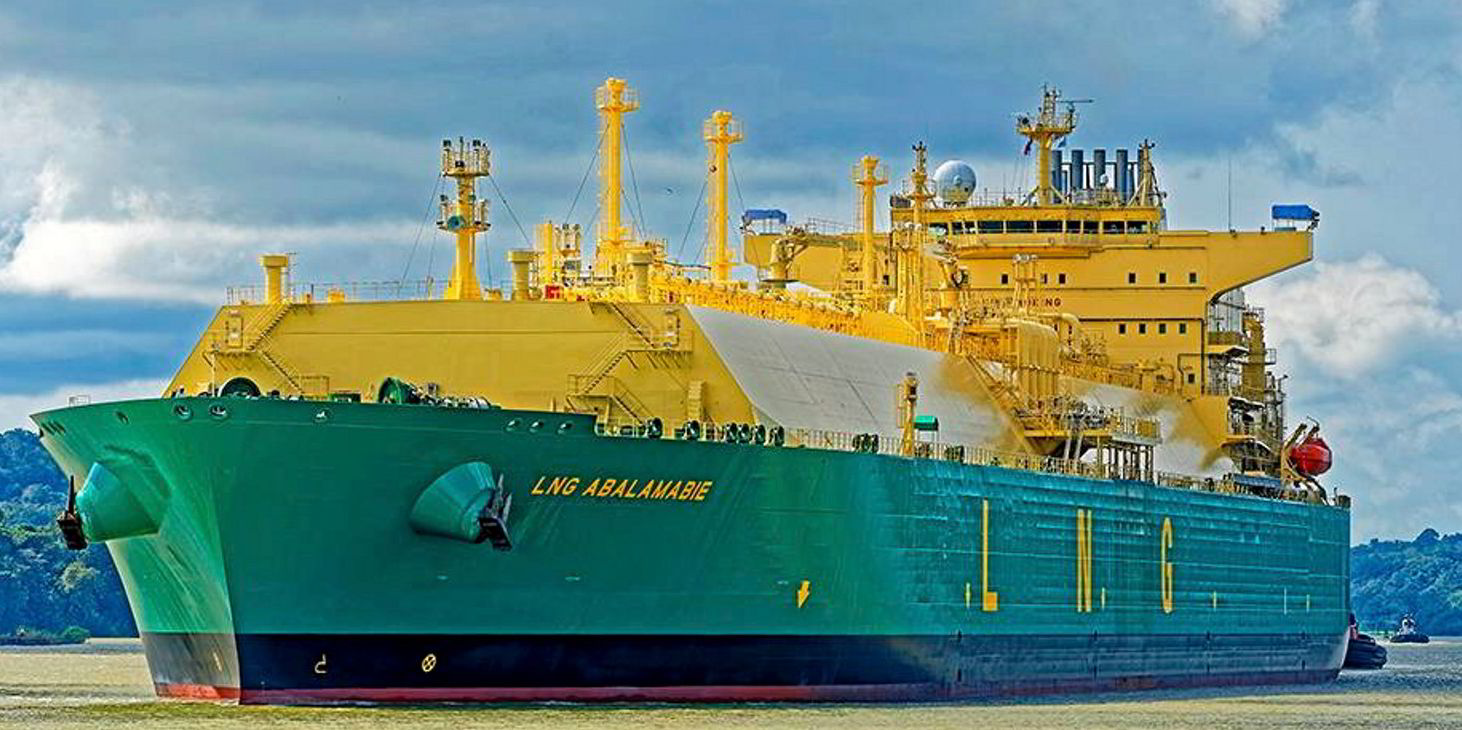An unusually cold winter in East Asia has prompted warnings over risks associated with vessel operations in North China, where the sea has frozen in some Bohai and Huanghai areas.
With the region experiencing the lowest temperature in decades since late December, the floating ice range has reportedly grown to up to 55 nautical miles (102 km) in Liaodong Bay and 20 nautical miles in Bohai Bay.
Vessels are facing sea ice in North China ports such as Yingkou, Jinzhou, Huludao, Dandong, Qinhuangdao, Tangshan, Weifang and Dongying, Oasis P&I said.
The China-based protection and indemnity club added that ships operating in these areas should take precautionary measures, including draining water in the deck piping system and maintaining safe speeds.
“Members calling at ports in North China and any other ports that may be affected by ice should carry out appropriate risk assessment, including liaising with local agents, to ensure care of cargo and safety of the vessel,” London P&I Club warned.
“Suitable ice clauses should be included in the charterparty wherever there is a possibility that a vessel may be directed to a port that may be ice-bound.”
Elsewhere, South Korea logged temperatures of -18.6C last week, the second-lowest figure since records began in 1980, with heavy snow falling in the country.
In Japan, electricity producers working together to try to save power as cold weather sweeps through the country.
Market implications
The cold snap has boosted fuel demand and disrupted vessel schedules in North East Asia, which analysts said is supporting LNG and dry bulk shipping rates.
The Baltic Exchange's average weighted time-charter equivalent rate for five key capesize routes was assessed at a three-month high of $26,421 on Tuesday, up 51.8% over the past week.
The weather has resulted in higher Japanese coal imports for power generation in an already turbulent market, according to Braemar ACM.
“In December 2020, we saw a recovery in Japanese coal imports, aided by increased power generation but also a gradual improvement in coking coal requirements,” the brokerage said. “We expect volumes to remain strong over January.”
Spot LNG carrier rate assessments on routes to North East Asia have hovered above $200,000 per day lately, supported by high gas imports into the region.

“The demand stemmed from cold weather and also production shortages in the Far East, which resulted in cargoes being pulled from the Atlantic Basin causing longer tonne miles and a tighter market,” brokerage Simpson Spence Young said.
But tanker rates have stayed in the doldrums with severe oversupply across various segments, despite renewed vessel congestion in North China.
“Any delays will be supportive for the sector of course, but it's hard to tell at this stage,” Gibson Shipbrokers research head Richard Matthews said.
“Given the lower cargo volumes being traded globally and reduced floating storage, the potential for significant support is lower.”






